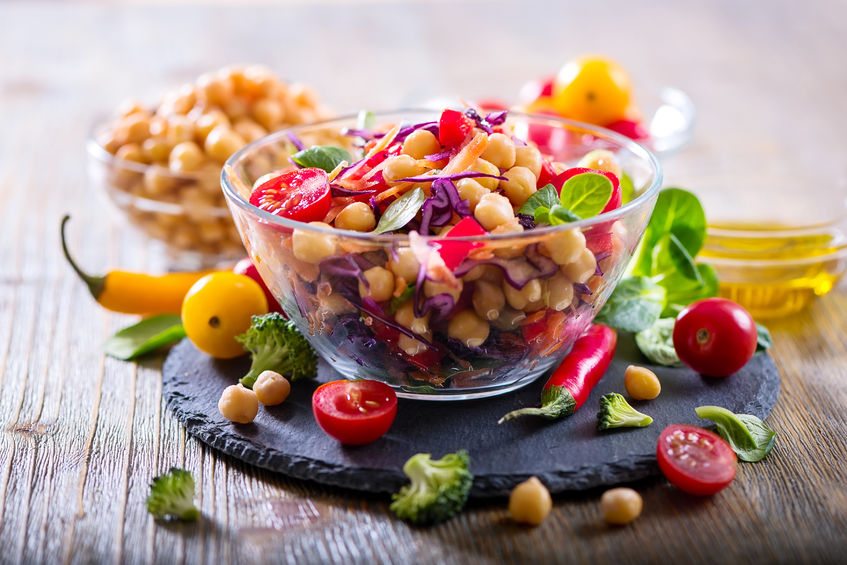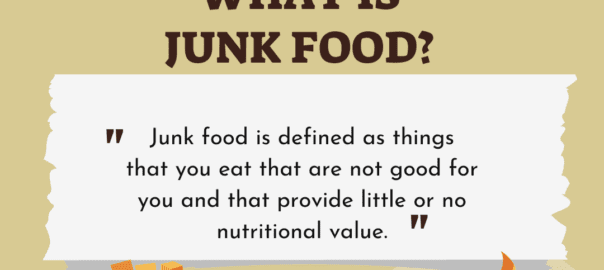Iron is an essential nutrient that helps red blood cells transport oxygen throughout your body. Without enough iron, your body can’t produce enough oxygen-carrying blood cells, and you may become anemic. Iron deficiency, or anemia, may leave you feeling under the weather and can even lead to health problems like memory loss, irregular heartbeat and a weakened immune system.
How much iron you need depends on your gender and overall health. Experts generally recommend that people get 8 to 27 mg of iron a day — men typically need less, while women who are pregnant or breastfeeding need the most iron.
Red meat is probably the best-known iron-rich food, but how do you get enough iron if you’re not a fan of red meat? What if you’re a vegetarian or vegan concerned about getting your recommended daily amount of this essential nutrient?
While most people automatically think of red meat when they think of iron-rich foods, there are actually several plant-based foods you can eat that are higher in iron than meat.
Here are a few non-meat foods that will help you get more iron in your diet.
Dark chocolate
This may come as a surprise, but dark chocolate is brimming with health benefits, including its high iron content. Dark chocolate has more iron than steak, at 2.5 mg of iron per ounce. Dark chocolate can be grated over oatmeal, used to garnish a fruit plate with elegant chocolate curls, mixed into a blended frozen banana to make banana ice cream or chunked and added to baked goods. Or simply eat it straight for a mid-afternoon pick-me-up.
Spinach
Spinach is perhaps the most well-known alternative iron-rich veggie, and rightly so. It can can easily be added to most any dish, from your morning eggs to a salad or fruit smoothie, or sauteed with garlic and tomatoes and served as a side dish. Not a fan of spinach? Consider other leafy green vegetables, such as broccoli, kale and bok choy, for similar alternatives.
Legumes
A legume is any kind of dry fruit or seed contained in a pod, such as beans, lentils, chickpeas, peas and soybeans. Most legumes are a great source of iron. One cup of cooked lentils contains 6.6 mg, which is 37 percent of the recommended daily intake of iron. Soybeans contain 8.8mg per cup, or 49 percent of your daily value.
Nuts
Cashews, pine nuts, hazelnuts, pistachios and almonds are the nuts that rate highest in iron content. Here is a complete listing of nuts broken down by iron content. Nuts and seeds are a reliable source of iron, they are easy to grab and go, and a good source of protein.
Seeds
Seeds are another easy, on-the-go iron-rich snack. Sesame seeds, safflower seeds, sunflower seeds and flaxseed are the top seeds that are rich in iron. Used in cereal and baked goods as well as eaten roasted or raw, seeds are a viable alternative to meat when looking for iron.
It’s a common misconception that the iron in vegetarian options isn’t easily absorbed like the iron found in animals. Anemia is not a problem for vegans, the foods they favor are high in iron and vitamin C. These diets are also richer in iron per 100 calories than a meat-rich diet. One would have to eat 1700 steak calories to get the amount of iron found in 100 calories of spinach.
There’s no need to worry about getting enough iron when you’re going meat-free. These plant-based foods will supply you with all the iron you need to stay healthy. Enjoy them!






